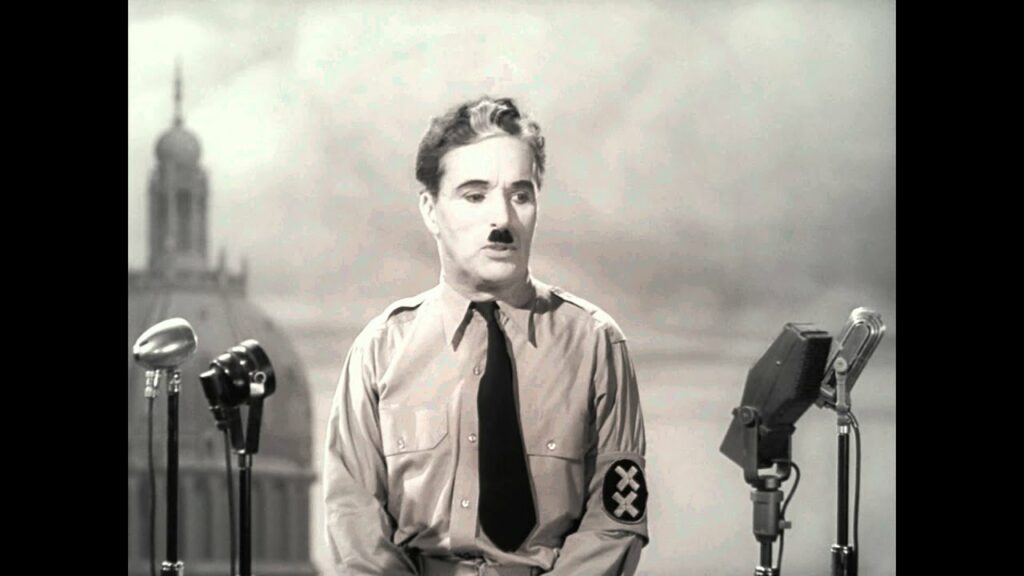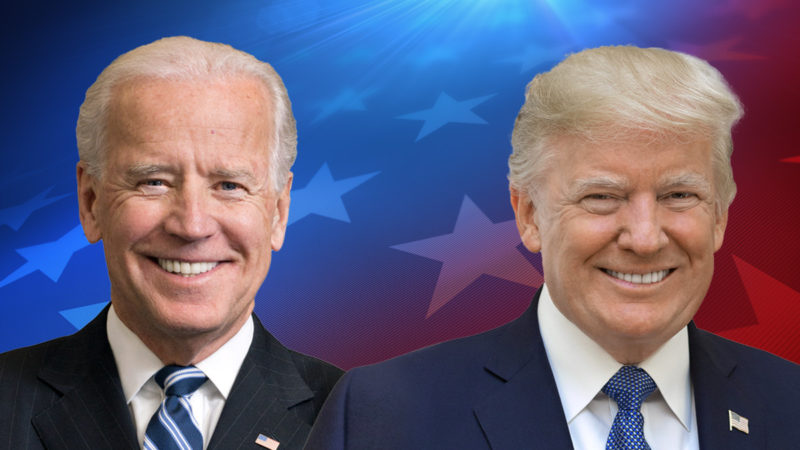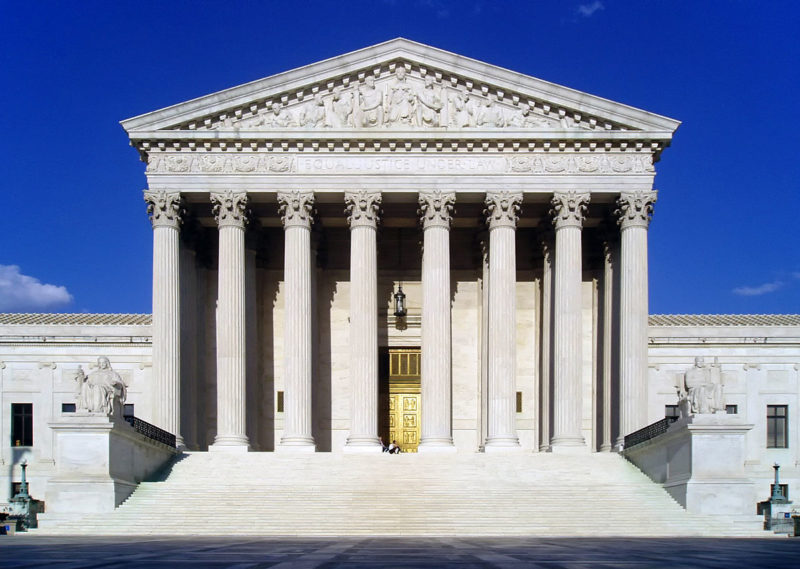Jetzt wo der Ausnahmezustand zu Ende geht, ist es Zeit für
eine kritische Bewertung der von der Regierung / dem Nationalrat getroffenen
Maßnahmen, wobei es im Folgenden nicht um medizinische Aspekte gehen soll,
sondern um Fragen der Entscheidungsethik vor allem im Zusammenhang mit dem von
der Regierung verordneten Shutdown.
Anfänglich hatte die Regierung mit dem Shutdown das Ziel
verfolgt die Ansteckungsrate lediglich soweit zu reduzieren, dass die vorhandenen
Kapazitäten des Gesundheitswesens nicht überlastet werden. Mit der Abflachung
der Infektionskurve sollte eine andernfalls unvermeidbar hohe Sterblichkeit
vermieden werden. Natürlich kann man bereits diese Absicht mit Hinblick auf den
durch den Shutdown zwangsläufig entstehenden wirtschaftlichen Schäden kritisch
hinterfragen. Aber spätestens als die Regierung unter dem Motto „Koste es was
es wolle“ ihre Strategie dahingehend geändert hatte, dass nach Möglichkeit jede
Infektion vermieden werden soll, muss man die Frage stellen, ob und allenfalls
wie sich eine solche Strategie rechtfertigen lässt.
Wenn behauptet wird, dass sich Leben mit Geld nicht
aufrechnen lässt, so ist das schlichtweg falsch. Tatsächlich gibt es tagtäglich
vielfach Abwägungen zwischen wirtschaftlichen Nutzen und der Gefährdung von
Leben. Viele lebensgefährliche Tätigkeiten sind erlaubt, da dem wirtschaftlichen
Nutzen im Vergleich mit der immanenten Gefährdung, eine höhere Bedeutung
zugemessen wird. So wissen wir z.B., dass Autofahren zu tödlichen Unfällen
führt. Keiner würde aber auf die Idee kommen, das Autofahren deshalb gänzlich
zu verbieten – der wirtschaftliche Nutzen überwiegt.
Darüber hinaus gibt es lebensgefährliche Aktivitäten ohne
wirtschaftlichen Nutzen, die ebenfalls erlaubt sind, da andere Grundrechte, wie
z.B. die persönliche Freiheit höher eingeschätzt werden. Andernfalls müsste man
Fallschirmspringen, Skifahren und viele andere Sportarten, die regelmäßig zu
tödlichen Unfällen führen verbieten.
Am Ende liegt es immer in der Verantwortung des
Entscheiders die richtigen Abwägungen zu treffen.
Natürlich ist die Verhängung von Ausgangsbeschränkungen
und Betriebsschließungen für das gesamte Bundesgebiet per se problematisch. Aus
Sicht der Grundrechte wären diese jedenfalls nur für jene Orte auszusprechen
gewesen, in denen sich nachweislich eine für die Behörden nicht mehr
nachverfolgbare große Anzahl potentiell infizierter Personen aufhält.
Aber angenommen, dass das für alle Gemeinden der Fall
gewesen wäre, dann wäre der totale Lockdown notwendig gewesen und hätte,
zumindest mittelfristig (das Thema mehrfache Infektionswellen und
Herdenimmunität soll hier ausgeklammert bleiben), zweifellos Leben gerettet.
Ausgehend von einer etwa 30 fach höheren Sterblichkeit im Vergleich zu einer
normalen Grippe könnten dies dann etwa 30.000 Menschen gewesen sein.
Der wirtschaftliche Schaden durch den Shutdown wird zur
Zeit mit ca. 7% des BIP, das wären etwa EUR 28 Mrd. angenommen. D.h. der in
Kauf genommene wirtschaftliche Schaden pro gerettetes Menschenleben beträgt daher
ca. EUR 1 Mio.
Nun kann man das durchaus als angemessen empfinden,
allerdings darf für die Regierung nicht das persönliche Empfinden entscheidend
sein, sondern muss die Rechtsordnung den Maßstab zur Angemessenheit einer
Maßnahme liefern. Und hier ist nun einmal, anhand von Schadenersatzprozessen,
festzustellen, dass Leben selten höher als mit EUR 200.000 bewertet wird.
Natürlich kann man die in Schadenersatzprozessen zugesprochenen Summen zu Recht
als zu niedrig kritisieren, im derzeit geltenden Rechtsumfeld zeigt sich hier
aber eine Wertungsdiskrepanz.
Eine weitere Wertungsdiskrepanz zeigt sich, wenn man
bedenkt, dass durch das Rauchen jährlich etwa 11.000 bis 14.000 Menschen
sterben. Allein durch ein Rauchverbot könnten innerhalb von nur zwei Jahren
ebenso viele Menschen vor dem Tod bewahrt werden wie es die Corona-Maßnahmen
unter Umständen vermocht haben und das ohne wirtschaftliche Beeinträchtigung.
Natürlich kann man das Rauchen auch mit dem Hinweis auf
die Grundrechte verteidigen, aber ebenso sind bei dem Shutdown, andere Grundrechte
wie z.B. jenes auf Bewegungsfreiheit, Erwerbsfreiheit oder die Freiheit des
Eigentums zu beachten.
Zuletzt soll noch der Aspekt der Schadenswiedergutmachung
beleuchtet werden.
Die Bundesregierung begegnet der durch den Shutdown
ausgelösten Wirtschaftskrise mit einem EUR 38 Mrd. schweren Hilfspaket. Die
Höhe das Pakets lässt einen staunen, wurde doch das Epidemie-Gesetz angeblich
deswegen außer Kraft gesetzt, da die darin vorgesehenen Entschädigungen nicht
leistbar gewesen wären. Der wiedergutzumachende Schaden beträgt allerdings
lediglich EUR 28 Mrd.
Unverständlich ist auch warum nicht die Geschädigten
entschädigt werden, sondern das Geld aus dem Hilfspaket nach völlig eigenen
Regeln, um nicht zu sagen willkürlich verteilt wird.
Interessant ist auch die Frage wer für die Finanzierung
des Rettungspakets aufkommen soll. Nach der allgemeinen, schon im römischen
Recht verankerten, Rechtsauffassung hat den Schaden die Solidargemeinschaft
gemeinsam zu tragen. Wenn aber jedes gerettete Leben gleichviel wert ist, hat
dann nicht jeder gleichviel beizutragen? Nun, es mag gegen unsere christliche
Überzeugung sein, aber sowohl das römische Recht als auch unsere Rechtsordnung
gehen in diesem Zusammenhang davon aus, dass nicht jedes Leben gleichviel wert
ist. Demgemäß hat jeder nach seinem Vermögen zur Schadensgutmachung
beizutragen. Eine Freigrenze ist allerdings nicht vorgesehen und eine
Freigrenze von 1 Mio. EUR, wie bereits vereinzelt im Zusammenhang mit einer
allgemeinen Vermögensabgabe, vorgeschlagen wurde, die die Mehrzahl ungeschoren
lassen würde, wäre aus diesem Blickwinkel auch ethisch nicht vertretbar.
Eine „Entschädigung“ in Form einer Gewährung von Darlehen
unter der Voraussetzung einer Beteiligung der öffentlichen Hand am Unternehmen
kann in diesem Zusammenhang nur als Verhöhnung des Geschädigten gesehen werden.
Abschließend, kann aus Sicht der Entscheidungsethik wohl
gesagt werden, dass die Shutdown-Maßnahmen nur individuell für einzelne
Gemeinden, nach Prüfung der Gesundheitslage und unter Abwägung der betroffenen
wirtschaftlichen Interessen als ultimo ratio und unter der Voraussetzung einer
vollen Entschädigung, verhängt werden hätte dürfen – so wie es das Epidemie-Gesetz
im Übrigen auch vorgesehen hätte.
Für zukünftige Pandemien ist daher zu fordern, dass das
Epidemie-Gesetz wieder vollumfänglich in Kraft gesetzt wird und dass die
zuständigen Behörden mit entsprechenden Mitteln ausgestattet werden, um die
notwendigen Entscheidungen in der gebotenen Schnelligkeit aber auch mit der
gebotenen Sorgfalt und Sicherheit treffen können.













